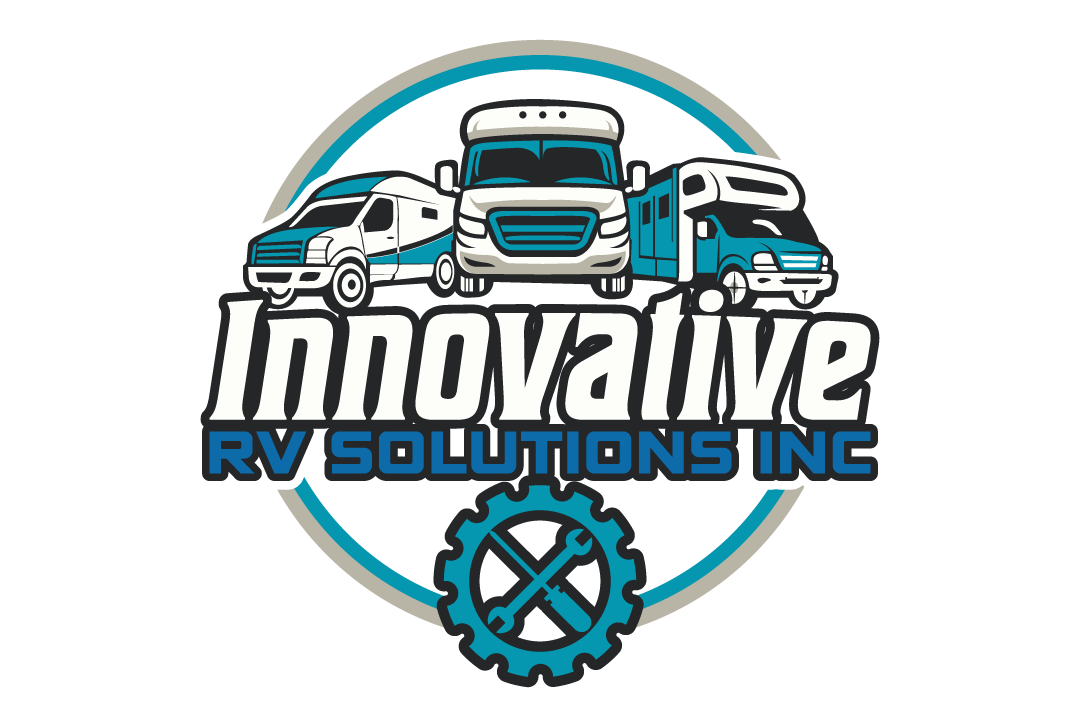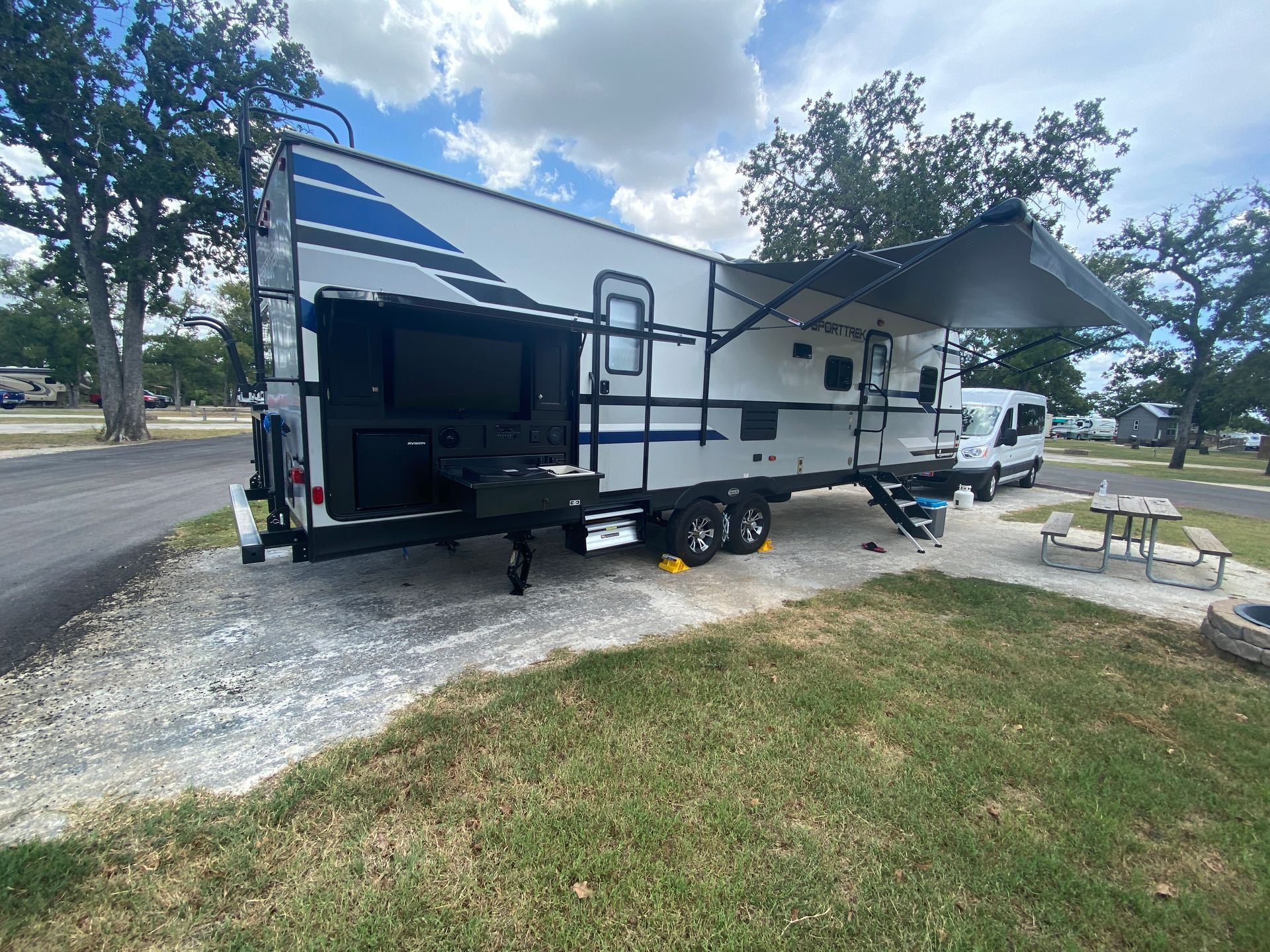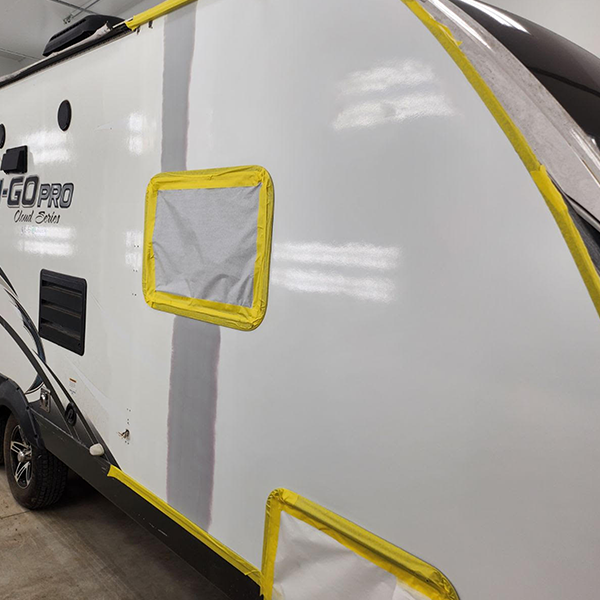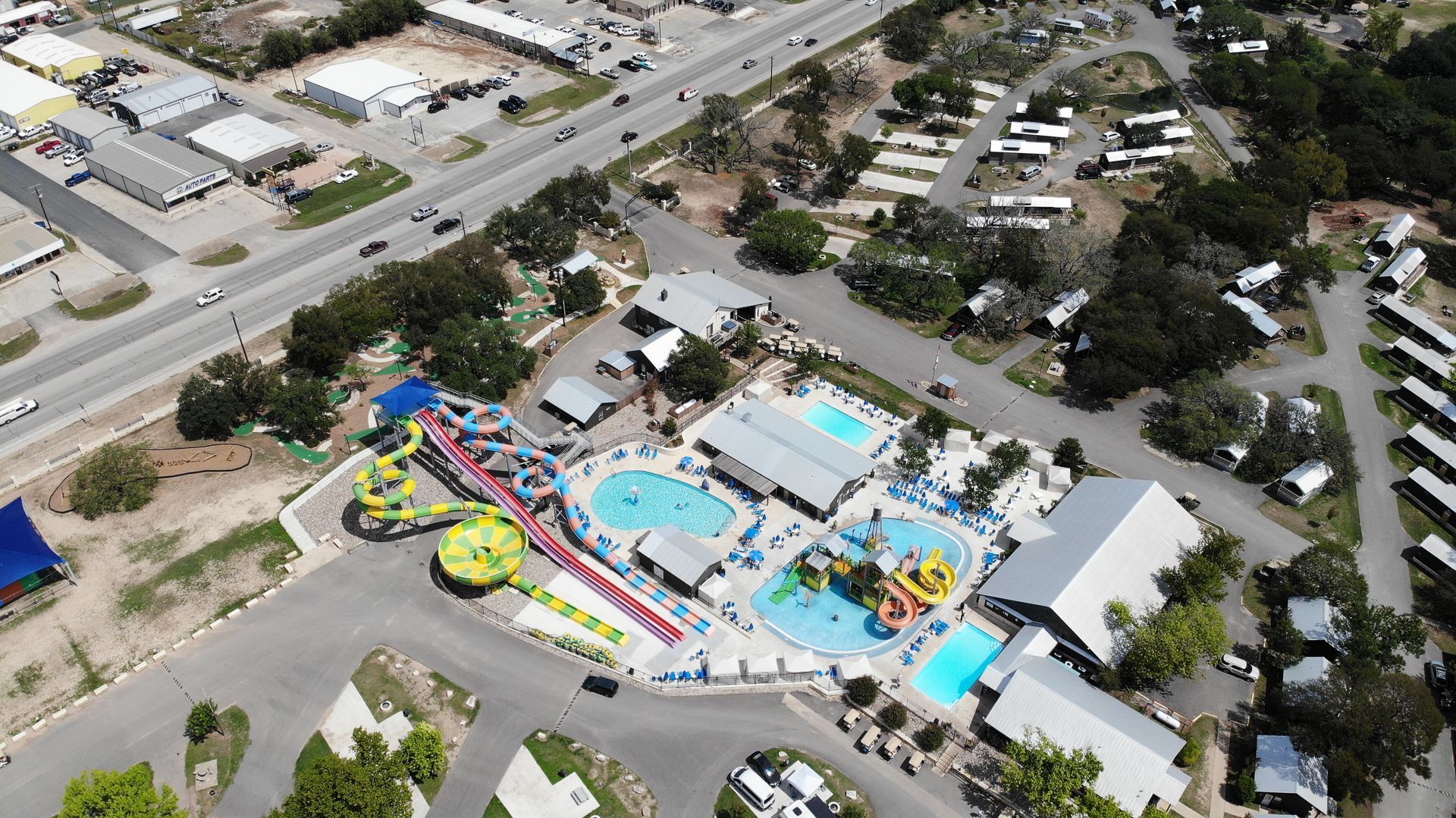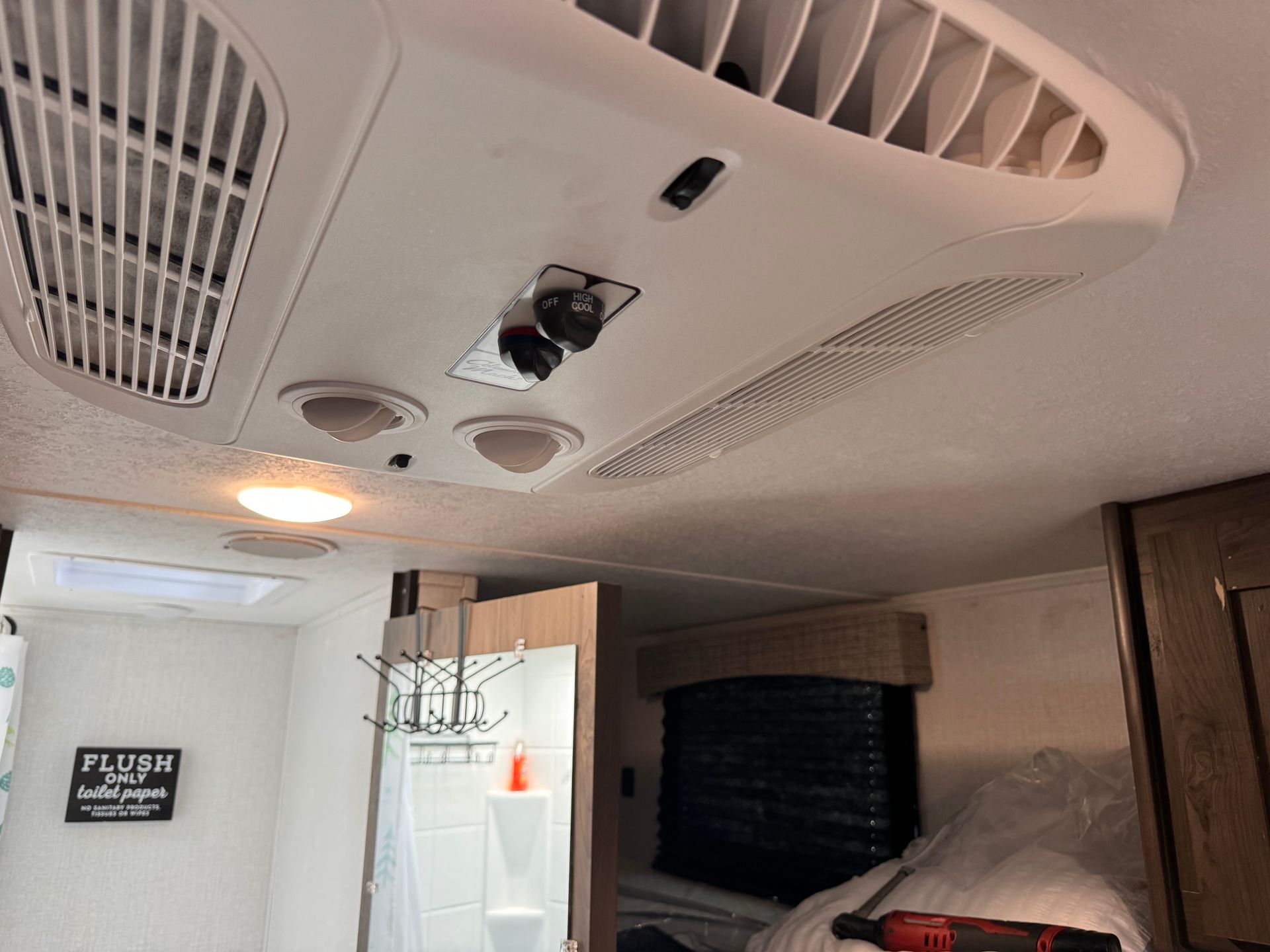RV REPAIR SOLUTIONS INC
It is unbelievable how much damage a tire can do to a camper.
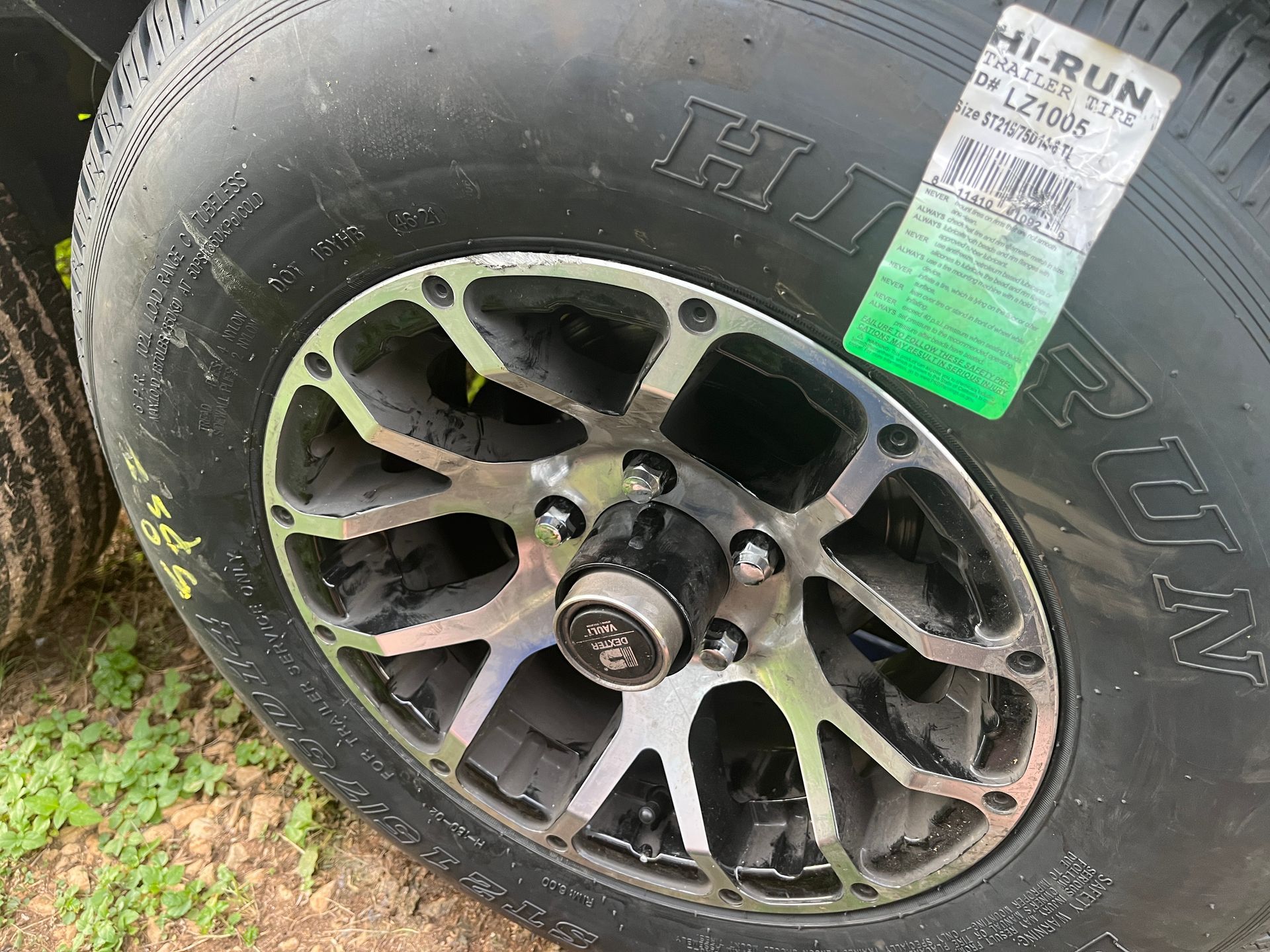
As an avid RV traveler, ensuring the safety and longevity of your vehicle's tires is of utmost importance. One crucial factor that determines the overall health of your RV tires is tire pressure. In this blog post, we will discuss the significance of maintaining proper tire pressure and provide you with essential tips and guidelines for a safe and comfortable journey.
Importance of Proper Tire Pressure
Maintaining the appropriate tire pressure helps ensure several critical aspects related to your RV's performance and safety. Consider the following:
- Enhanced Safety: Adequate tire pressure ensures optimal road grip and traction, allowing your RV to respond effectively to various driving conditions. Properly inflated tires reduce the risk of accidents, improve handling, and provide stability during turns or emergency maneuvers.
- Optimal Fuel Efficiency: Underinflated tires cause increased rolling resistance, leading to decreased fuel efficiency. In contrast, properly inflated tires reduce the strain on the engine and contribute to better gas mileage, saving you money on long trips.
- Extended Tire Life: Overinflated or underinflated tires wear out much faster and unevenly. By maintaining the recommended tire pressure, you can prolong the lifespan of your RV tires, reducing the need for frequent replacements and saving money in the long run.
Tips for Maintaining Proper RV Tire Pressure
Now that we understand the importance of tire pressure, let's delve into some practical tips and guidelines to ensure you are always driving on the right pressure:
- Check Tire Pressure Regularly: Invest in a quality tire pressure gauge and check the tire pressure before hitting the road and during long trips. Make it a habit to check the pressure every month or before each journey to ensure consistency.
- Refer to the Manufacturer's Recommendations: Each RV has specific tire pressure requirements, which can be found in the owner's manual or on a sticker placed near the driver's seat or inside the RV's door frame. Always follow the manufacturer's recommendations to maintain the correct tire pressure.
- Consider the Load: Take into account the weight of your RV and the weight distribution when determining the proper tire pressure. Overloading your RV can lead to excessive pressure on the tires, compromising their durability and safety. Consult the RV manufacturer or a tire professional to determine the ideal pressure for your specific setup.
- Avoid Temperature Changes: Tire pressure fluctuates with temperature changes. Inflate your RV tires when they are cold, as driving or warmer weather can cause the pressure to rise. Be cautious not to overinflate the tires to compensate for the increased pressure, as it can lead to blowouts.
- Don't Forget the Spare Tire: The spare tire is often overlooked but is equally important. Regularly check its pressure and ensure it matches the recommended pressure for your RV. After all, it's your backup plan in case of a flat or damaged tire.
- Maintenance and Inspections: Routinely inspect your tires for any signs of wear, punctures, or damage. Additionally, ensure proper wheel alignment and balancing to maintain uniform tread wear and enhance the overall performance of your vehicle.
By following these tips and guidelines, you can maintain the proper tire pressure for your RV, ensuring a safe and enjoyable journey. Remember, tire pressure affects various aspects of your RV's performance, including safety, fuel efficiency, and tire durability. So prioritize regular tire pressure checks, refer to the manufacturer's recommendations, and consider the load and temperature changes to keep your RV tires in optimal condition. Happy traveling!
